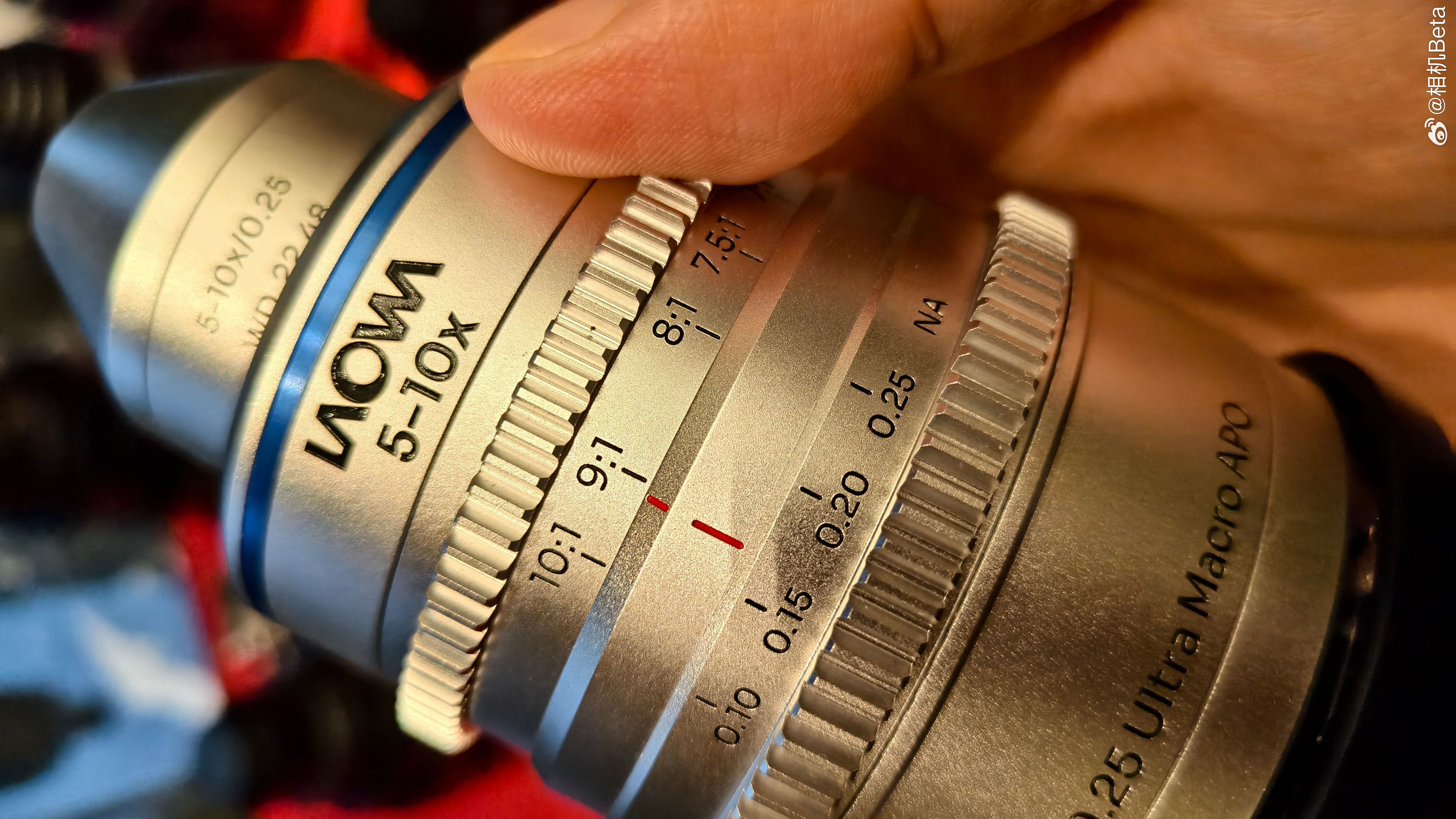Why do small apertures have large f-numbers?
Hint: it's why we use 'f/' before the number

Something that often confuses novice photographers is the fact that wide apertures have small f-numbers and small apertures have larger ones.
It’s something you quickly get used to, but why exactly is this the case? And why do apertures run in seemingly random steps?
If we first examine the role of the ‘f/‘ before the number itself, we can begin to chip away at the answers to these questions.
What does 'f/' mean in the aperture of a lens?
Nowadays, it’s usual for us to simply put an ‘f’ before a number when writing aperture, and leave it as that. Indeed, manufacturers are now naming their lenses as F2.8 or f4 lenses, rather than the f/2.8 and f/4 that we’re used to seeing. That slash, however, serves an important purpose.
The 'f' actually stands for focal length, and when used in the expression f/2 or f/4 with that slash in place, what we end up with its a mathematical equation. Don’t go anywhere; I promise it will be worth your while.
So, knowing that 'f' stands for focal length, and assuming the lens in question is a 50mm lens with a maximum aperture of f/2, what happens if we plug those figures into that equation?
50/2=25
The best camera deals, reviews, product advice, and unmissable photography news, direct to your inbox!
We get 25. And that, in millimetres, is the diameter of the physical opening in the lens through which light passes, otherwise known as an entrance pupil.
Now let's turn that equation around.
If the focal length divided by the aperture gives us the diameter of the entrance pupil, then the focal length divided by the diameter of the entrance pupil will give us the aperture. Or, to give it its correct term, the ‘relative’ aperture.
Now, if we just increase the diameter of this entrance pupil by a factor of two, we won't end up with twice as much light coming through than before. And similarly, if we halve it, we won't end up with half as much either.
In this particular lens, a diameter of 17.8mm will result in twice as much light coming through as a diameter of 12.5mm. Similarly, a diameter of 8.9mm will result in half of this – and plugging these figures into that first equation is why we end up with these number like f/2.8 and f/5.6.
50/25=2
50/17.8=2.8
50/12.5=4
50/8.9mm=5.6
... and so on.
This explains why an f/1 aperture isn’t twice as wide as f/2, or four times as wide as f/4, eight times as wide as f/8 and so on.
It also should now make clear why a high f-number corresponds with small aperture, and a low f-number corresponds with a wide aperture.
That same 50mm lens set to f/22, for example, only has an entrance pupil diameter of around 2.27mm – far smaller than the 25mm measured at f/2.
So, quite literally, it’s all in the maths.
The former editor of Digital Camera World, "Matt G" has spent the bulk of his career working in or reporting on the photographic industry. For two and a half years he worked in the trade side of the business with Jessops and Wex, serving as content marketing manager for the latter.
Switching streams he also spent five years as a journalist, where he served as technical writer and technical editor for What Digital Camera before joining DCW, taking on assignments as a freelance writer and photographer in his own right. He currently works for SmartFrame, a specialist in image-streaming technology and protection.

